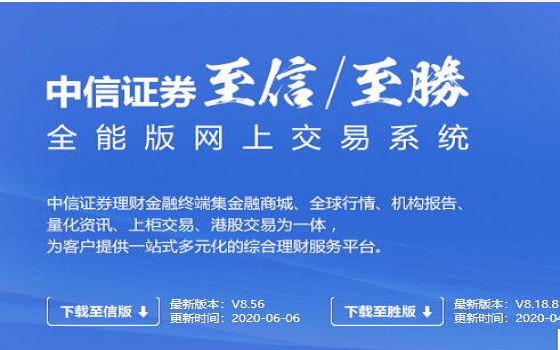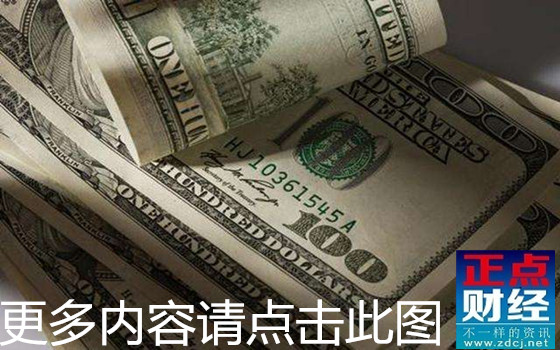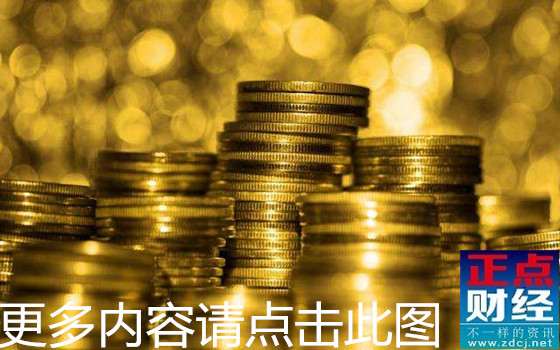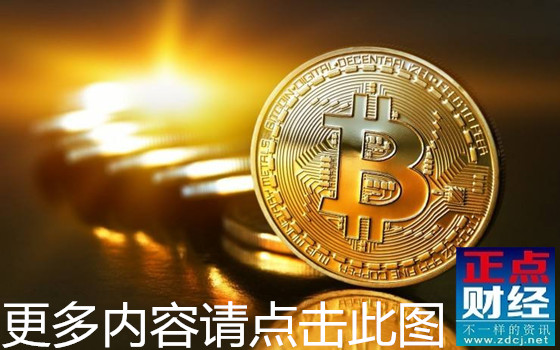Japan Research Pack
The BOJ has been purchasing new ETFs, in other words ETFs composed of stocksissued by companies that are proactively making investment in physical and humancapital, at a rate of ¥1.2bn per trading day since the start of this purchasing program on4 April 2016, and as of 25 April 2017 cumulative purchases stood at ¥313.2bn. TheBOJ gave itself an annual budget of around ¥300bn for the purchase of new ETFs at itsDecember 2015 monetary policy meeting, as one measure designed to augment QQE(see our 18 December 2015 Global Research report BOJ establishes new ETFpurchase program).
Up to 50% of BOJ purchases of new ETFs can be in ETFs that track the Capex &Human Capital Index, with the remainder consisting of ETFs that track the JPX-NikkeiIndex 400. There are currently six listed ETFs that track the Capex & Human CapitalIndex. As of 25 April 2017, total net asset value for these ETFs stood at ¥169.1bn,roughly unchanged since the start of 2017. Moreover, net fund inflows, calculated fromnet asset value and net asset value per share, have been close to zero since the startof 2017 (Figure 1). The BOJ accordingly looks to have reached its ceiling forpurchasing ETFs that track the Capex & Human Capital Index, and is now spending¥1.2bn a day on ETFs that track the JPX-Nikkei Index 400The BOJ has been purchasing new ETFs since April 2016, but intends to release ontothe market, over a ten-year period from April 2016, stocks purchased from financialinstitutions from November 2002 through September 2004, and from February 2009through April 2010. As of end-March 2017, the book value of equity holdings at theBOJ stood at ¥1,169.8bn, down ¥199.4bn y-y. The market value of its equity holdingsstood at ¥2,622.5bn at end-December 2016, but it looks to have been offsetting markto-market sales of equities via purchases of new ETFs at an equivalent level.
The BOJ’s stance of selling stakes in individual companies but purchasing new ETFscould well be positive for JPX-Nikkei Index 400 constituents that the BOJ did notpurchase in the period through April 2010. The BOJ made equity purchases totaling¥2,018.0bn from November 2002 through September 2004, and ¥387.8bn fromFebruary 2009 through April 2010. It therefore purchased the majority of sharescurrently on its books from November 2002 through September 2004.
Figure 3 comprises a list of JPX-Nikkei Index 400 constituents that have listed sinceOctober 2004. We think that the BOJ has either never purchased shares in thesecompanies, or has done so in only small quantities. In other words, these companiesare likely to derive greater merits from BOJ purchases of new ETFs than demerits fromBOJ sales of individual stocks. Even Otsuka Holdings [4578], which has the highestindex weighting of any company listed in Figure 3, would only benefit by ¥8.51mn a day(¥1.2bn × 0.709%) from BOJ purchases of new ETFs. Nevertheless, there would beconsistent benefits as fund inflows would continue every trading day regardless ofmarket conditions.
- ·市场分析:GDP数据发布 A股震荡回落 2019-10-18
- ·一周市场回:两市震荡下跌 有色、电气设备板块跌幅靠前 2019-10-18
- ·2019年4季度风险溢价预测:4季度末市场估值有下降压力 2019-10-18
- ·科创板新股申购策略之十九:宝兰德报价策略:估值区间67.56%-67.75%分位理性选择 2019-10-18
- ·市场交易主力资金系列:商业银行理财子公司投资全景手册 2019-10-18
- ·2019A股三季报业绩预告简评:创业板业绩持续向好 龙头股业绩占优 2019-10-18










